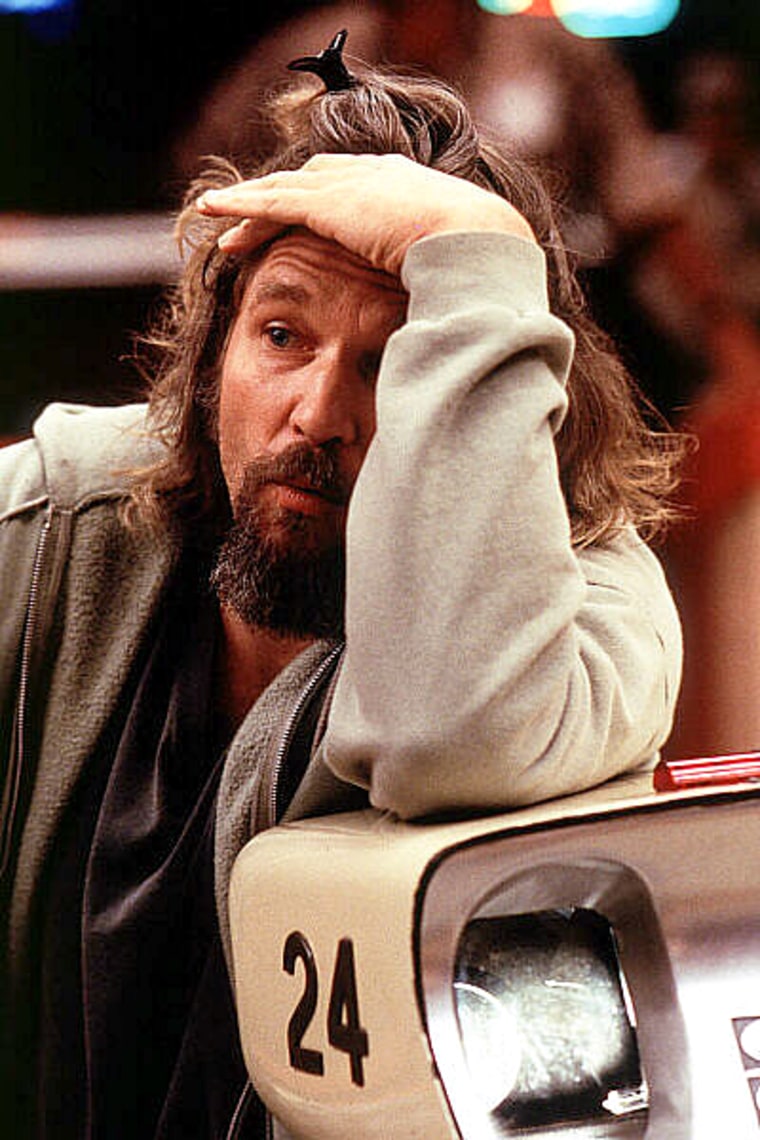At the Denny’s World Championship in Indianapolis last weekend, a sold-out crowd chanted “Duuuuuuke” as Norm Duke’s bowling ball rolled toward the pins. Wearing a shirt emblazoned with advertisements from sponsors such as Motel 6, Duke fought off Ryan Shafer to capture the title and boost his career earnings to $2.5 million. ESPN cameras, poised behind the pins and elsewhere, broadcast the scene to more than 1 million U.S. households.
After a spell in the sports wilderness, bowling is surging again. For the first time since 1999, network television will air a championship event, when CBS covers Bowling's Clash of Champions in May. Sports celebrities are embracing the game. According to the Spring 2008 issue of US Bowler, Cleveland Cavaliers forward LeBron James — who has lanes at his house — received an honorable mention in the inaugural Celebrity Bowling rankings (former baseball pitcher John Burkett, thanks to his slew of 300 games, earned the top spot).
In 2006, bowling was cited as the fastest-growing varsity sport in high school. That same year, about 21 million American youngsters were playing the game, enticed more by falling pins than video games. The Bowling Foundation reports 66 million people in the United States — almost 25 percent of the country — bowled at least once in 2006, compared to about 50 million in 1999.
For those whose knowledge of the game is derived movies like “Kingpin,” the new bowling complexes dotting the landscape are a surprise. Lucky Strike Lanes, which has opened franchises from Bellevue, Wash., to Philadelphia, can charge $75 an hour for lanes on weekend nights in its massive centers, which include hip lounge seating and big-screen TVs. Brunswick Zone spots can feature everything from bumper cars to laser tag.
On the professional level, the game is also seeing a resurgence. First televised in the late 1950s, the easy-to-watch game was an ABC Saturday afternoon staple for decades. The late announcer Chris Schenkel broadcast the sport for 36 years, introducing the country to Earl Anthony, Dick Weber and other stars. By 1979, all but one of the Professional Bowlers Association’s 34 tournaments was televised. The prize fund of the U.S. Open rose as high as $125,000.
Yet as cable television exploded with sports programming in the late 1980s and 1990s, bowling fought against a host of new rivals, from women’s basketball to arena football. ABC dropped its PBA Tour contract in 1997, although CBS agreed to broadcast nine tournaments for a few years.
By 2000, the PBA was ripe for change. Enter former Microsoft executives Chris Peters, Mike Slade and Rob Glaser, who bought the entire league for $5 million, about the salary of a weak-hitting baseball infielder. They boosted the prize fund (a number of bowlers have exceeded $1 million in career earnings), inked a deal with ESPN that remains strong (an average of 750,000 households watch each tournament) and have lured more than a dozen sponsors, most of whom aren’t even considered by more upscale leagues, such as Lumber Liquidator$. Forty PBA bowlers are sponsored by companies from GoRVing to H&R Block, and the top ones receive stock options from the league, a first in U.S. pro sports.
Still, just as bowling league fanatic The Dude in the “The Big Lebowski” makes people laugh, there are elements of the pro sport that remain somewhat comical. Whereas the locker room policies in, say, the NHL deal with cooling-off periods before the press can be allowed in after a game, the PBA has different concerns. “A maximum of nine (9) bowling balls per competitor will be allowed in the locker room during qualifying. Loose bowling balls will not be permitted in the locker room,” the rules read. Though fantasy sports are popular in football and baseball, it’s hard to imagine fantasy bowling — available on the PBA Web site — taking off.
And, on the amateur level, despite the introduction of glitzy venues, some parts of bowling will never change. The clownish, smelly rental shoes will always be with us, along with balls whose garish color combinations are rarely seen outside the alleys.
But bowling’s appeal still grows. Whether it’s an amateur like The Dude or a pro like The Duke, knocking over pins is becoming a knockout in the sports world.
